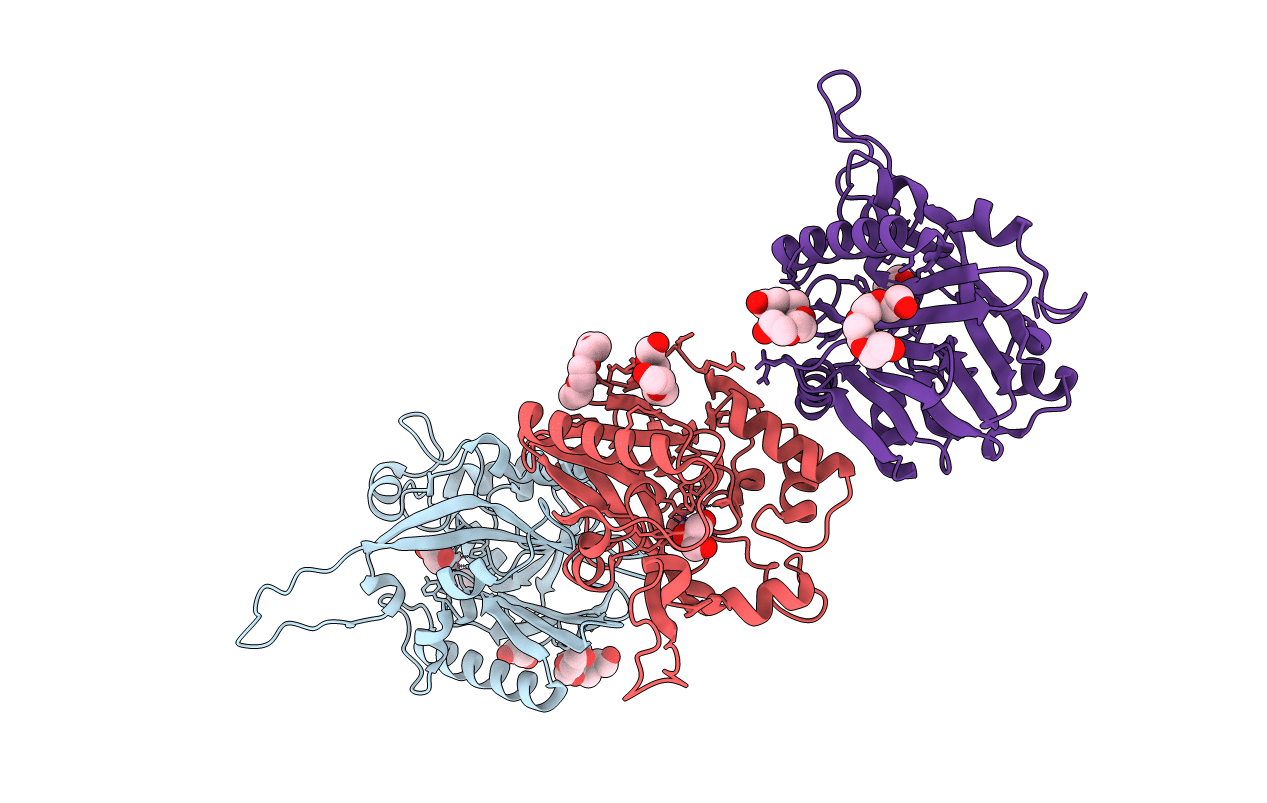
Deposition Date
2018-02-21
Release Date
2018-08-15
Last Version Date
2024-03-13
Entry Detail
PDB ID:
6CH0
Keywords:
Title:
Structure of the Quorum Quenching lactonase from Alicyclobacillus acidoterrestris bound to a glycerol molecule
Biological Source:
Source Organism:
Host Organism:
Method Details:
Experimental Method:
Resolution:
2.15 Å
R-Value Free:
0.22
R-Value Work:
0.18
R-Value Observed:
0.18
Space Group:
C 1 2 1


